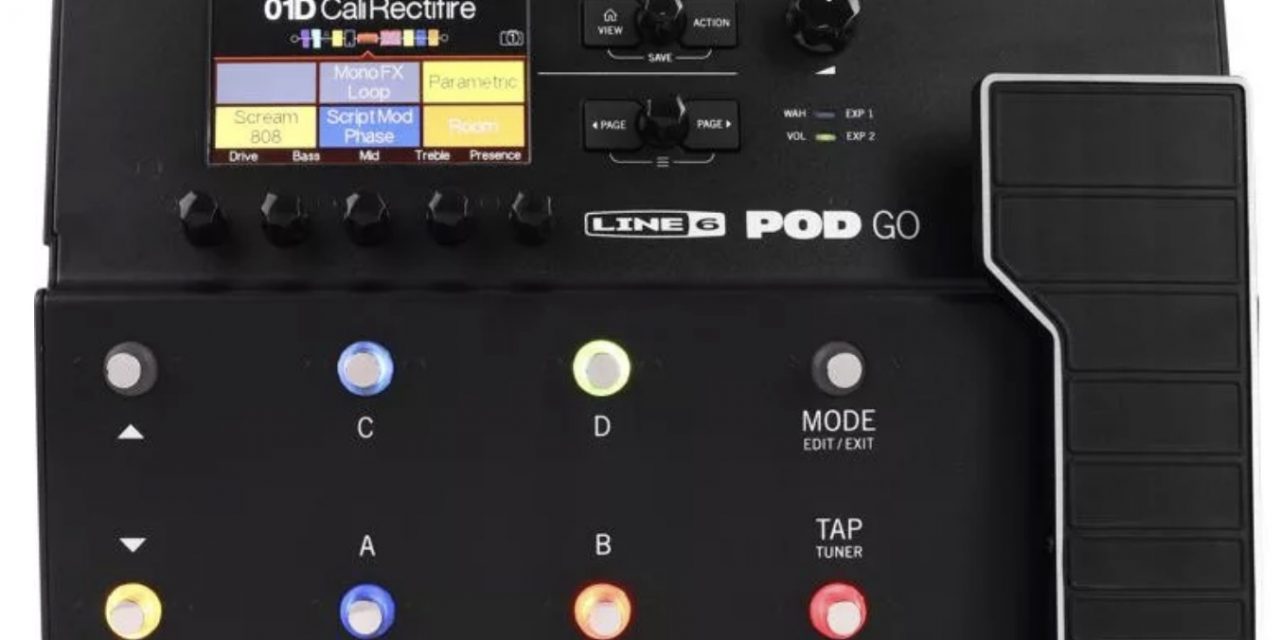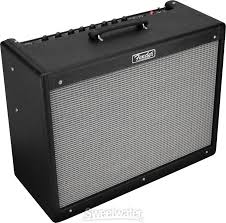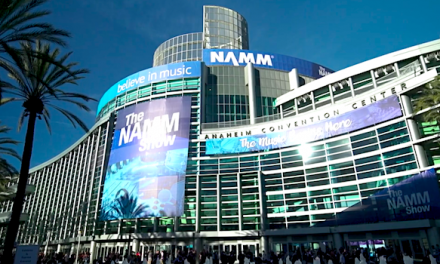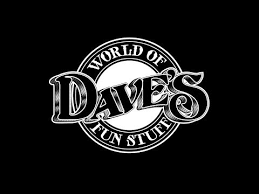My Pod Go is on its way (I hope!) Once I get it, there will be lots of new blog posts here and videos on the budgetguitarist.com YouTube channel. You will likely get sick of me talking about it. I haven’t played through one yet, but I have played through the Helix LT and the HX Stomp, which feature the same amp and cab models, so I know what it will sound like. And I predict this is going to become crazy popular.
The Problem With Modeling
People can argue forever about how modeling doesn’t feel or sound exactly like real tube amps, but to me, the real issue is cost. I believe that I could not tell the difference in a blindfold test between a real amp and a Kemper model of the same amp, but a Kemper is about 2 grand. And I do not believe there is a massively huge difference between a Kemper and a Helix when mixed in a track.
Modelers are basically computers. And computers use technology that is constantly getting cheaper and better. I remember when my friend bought a Kurzweil keyboard for 15 grand back in the 80’s, and it was state of the art and used 12 bit samples. That same keyboard is probably worth about 500 bucks now. Anything tech-based will eventually lose its value. If you’re charging $250 per hour in recording sessions because you’re a top level studio ace, the 2 grand for a Kemper is nothing. But for me, it’s way more money than I’d want to pay for anything.
So to me, a modeler isn’t worth getting into unless it’s in my budget. And my budget remains $500 or less. The Pod Go clocks in at $450 as I type this.
The Problem With Tube Amps
I’ve owned many amps in my life. My favorite, as long time site readers will no doubt know, is the awesome Fender Bassbreaker 15. It does sell for more than $500, but I had a trade-in when I bought mine. It sounds like an older Marshall amp and does the crunch sound extremely well. It’s almost all of the sounds on my last album – the other sounds and the bass were recorded through my Peavey ValveKing 20MH, which is another great tube amp. So why buy a modeler?
Because between my two tube amps, I can get about 6 different sounds. And to get those sounds, I have to connect external cabs and turn a bunch of knobs and maybe unplug my guitar from one amp and plug it into the other. And I do live gigs (normally) where I need two, sometimes three different amp sounds in the same song. I need to be able to have my computer send patch changes. And I want as many different sounds as possible. Also, my tube amps are heavy and fragile. Ever had a tube amp crap out mid-song in front of 300 people drinking beer? I have. It sucks.
Which is why I am currently using an old Floor Pod Plus and will be switching to the Pod Go. All the sounds I want, programmed to change mid-song. And I have total control over the volume – I don’t have to crank it to get a good sound.
In the Studio
When I’m recording guitar tracks for music or YouTube, my plan is to use the Pod Go as an effects pedalboard. But I can also use it as a preamp, or even just record direct. Best of both worlds.
I have effects loops in both of my amps, so technically I could use the amp models in the Pod Go but turn off the speaker emulation and just insert the thing into the effects return on the Bassbreaker 15. That sort of hybrid could yield some really interesting results. Ultimately, though, I’ll record whatever I think sounds the best.
Summary
The Helix amp models are good enough for pro musicians like Pete Thorn to use on the road. His “backup amp” is a HX Stomp. Granted, the Pod Go can’t do all of the multi-layers the Helix can do. But the amps and cabs are the same. And you can load your own IR files.
Digital modeling will continue to get better. And if you had the patience to NOT rush out and buy a Helix when it first came out because you knew that one day a cheaper version would be available, well, this is it. I suspect that Pod Go users will be heavily into making their own patches and sharing them. I’ll be sharing mine. I can’t wait. The future is here.





